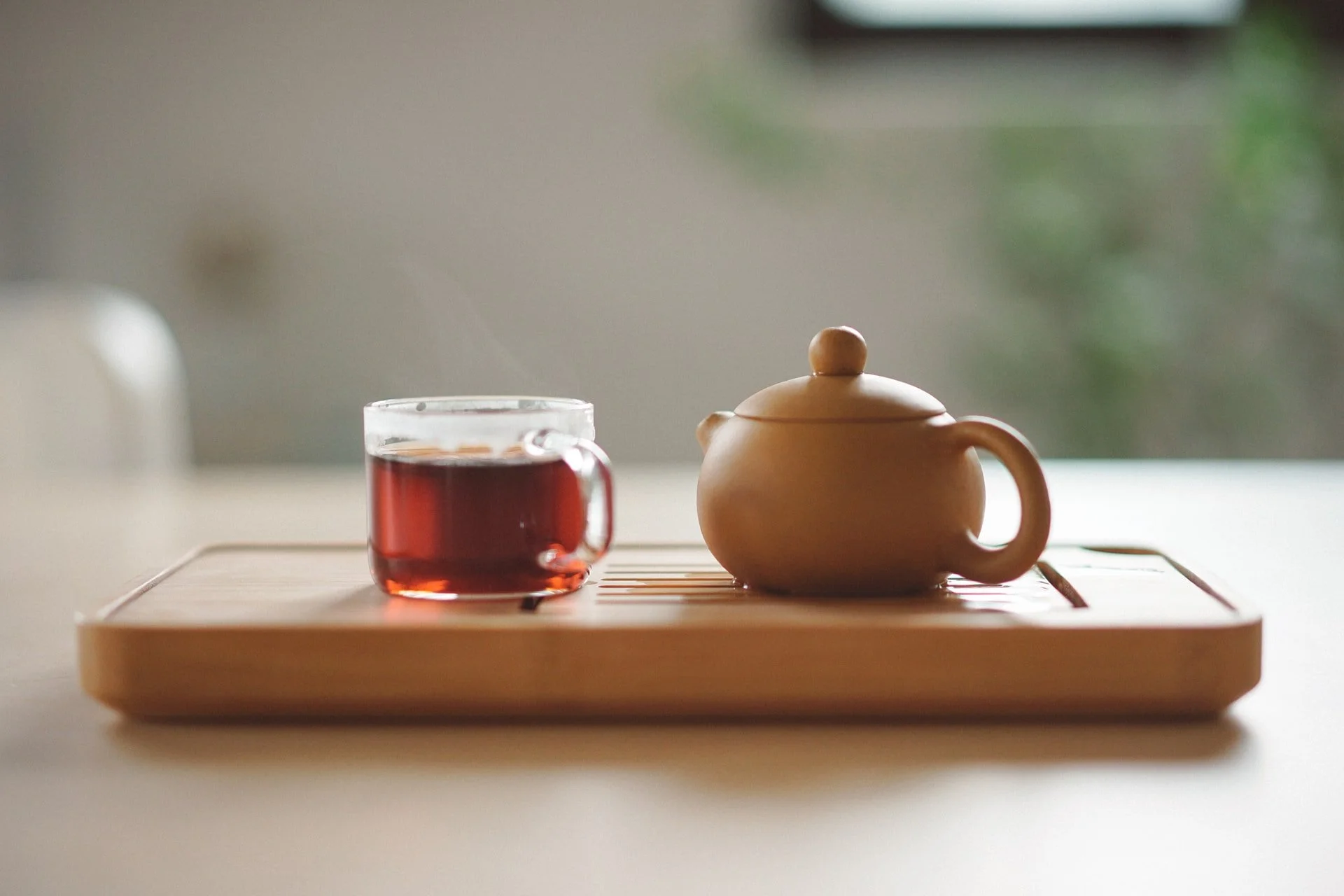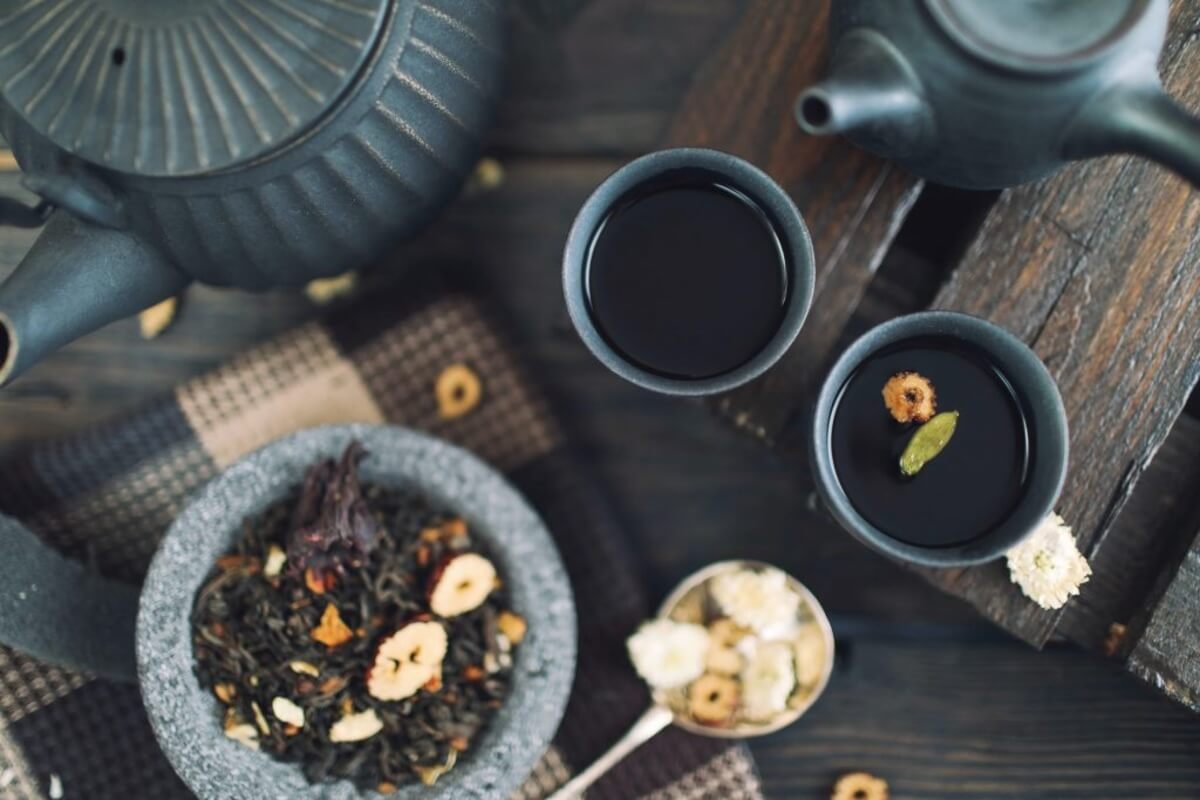Hibiscus – Tea Or Tisane?
Discover > Texas Mom Blog > Hibiscus – Tea Or Tisane?
Not all herbal teas are that. Teas. Many herbal concoctions are actually tisanes. Like the Hibiscus tisane. Herbal beverages that are brewed from plants that do not belong to the family of the Camillia Sinesis tea plant, are called tisanes. While there are too many tisanes that we enjoy, today we are looking at a floral favorite, the Hibiscus.
Facts About the Hibiscus Plant
The hibiscus plant has its roots in Africa and is more of a shrub in nature. It flourishes in regions with a subtropical or tropical climate across the world.
The hibiscus plant has several 100 varieties, many of which have different significance in different cultures and traditions. The two most commonly known types are the Hibiscus Sabdariffa and the Hibiscus Ascetosella. While the latter is a red flowering plant used only for aesthetical purposes, the former is infused into beverages.
What is Hibiscus Tisane?
Since the plant does not belong to the original tea family, the herbal drink made from the hibiscus flower is caffeine free. Hence the name, hibiscus tisane. It is made from the calyces of the plant and so the Hibiscus tisane is almost magenta in color, same as the color of the flower. It has a tart cranberry note in its flavor. Very refreshing, citrusy and hydrating.
Hibiscus Tisane Around the World
Not quite surprisingly, the hibiscus infusion is enjoyed widely in many countries. It is popular by different names.
Zobo or Bissap or Karkade in Africa: The Karkade drink is very commonly had across all countries of Africa. It is made by soaking the calyces for some days and straining the liquid. Most wedding celebrations are toasted with a glass of brightly hued hibiscus tisane. Similarly, many cafes and outdoor pop-up shops sell iced and sweet and hibiscus drink. Bissap is also the national drink of Senegal and is also flavored with mint or ginger. African medicine also uses hibiscus as a treatment to combat worms and parasites in the gut. It is also advised for curing minor coughs and poor appetite.
Roselle in Central America: In Mexico, Agua de jamaica is brewed by adding ginger along with the hibiscus calyces in boiling water. The mixture is then strained, sweetened, and added with spices like clove and cinnamon. During Christmas, it is served chilled with a little rum. You can easily find dry hibiscus in health food stores.
Nutritional Value and Health Benefits of Hibiscus Tisane
Hibiscus contains 15 to 30% acids, including malic acid, citric acid (how long does citric acid last?) and tartaric acid. It is also rich in cyanidin and delphinidin, that are acidic polysaccharides. These are elements that also give it the characteristic deep maroon-ish color.
Rich in antioxidants: Hibiscus tisane is rich in antioxidants that helps reduce the number of free radicals in our bloodstream.
Reduces cholesterol levels: Hibiscus tea (how long does hibiscus tea last?) has been found to help lower LDL and triglycerides in a study involving mice which were given Hibiscus extract.
May lower blood pressure: Several surveys have found hibiscus tea to be effective in lowering both systolic and diastolic blood pressure. According to a study published in the Journal of Nutrition in 2010, Hibiscus Sabdariffa lowered blood pressure by allowing the blood vessels to relax in people suffering from mild hypertension.
Effective relief for menstrual cramps: Hibiscus tea helps in relaxing period pain and cramps.
May help lose weight: A study with 36 overweight members, after 12 weeks of consuming hibiscus extract, showed reduced weight and fat and BMI.
Prevent hypertension: Rich in anti-inflammatory and diuretic properties, hibiscuses tea relaxes hypertension and high blood pressure.
Improves liver function: Our liver detoxifies various metalbolites, produces biochemicals and synthesizes proteins that are necessary for digestion. Hibiscus tea helps neutralize free radicals, cells and tissues to protect the liver by flushing out toxins.
Most studies have been performed with concentrated hibiscus extract on lab animals. More research is needed in this field before more conclusive findings can be established.
Side Effects of Hibiscus Tea
While hibiscus consumption is believed to be fairly safe, there are some side effects that have been noted in some instances. Hibiscus is known to lower estrogen levels, hormones that are responsible for maintaining reproductive health in females. So, those planning to have a child or those who are on Hormone replacement therapy (HRT) should avoid having hibiscus tisane.
Let’s Make Some Hibiscus Tisane!
Making a cup of hibiscus brew is extremely simple. If fresh flor de jamaicas are at hand, nothing better! Take 2 cups of fresh hibiscus flowers with the green calyx and the middle pink stem removed. Add them to 2 cups of cold water and bring to a boil. Add a big piece of cinnamon bark and 4 cloves (how long do cloves last?). Let simmer on low for a total of 5 minutes. Serve with or without a sweetener. The original Mexican version takes a lot of sugar, so you could add a tad bit ? Drink a fresh batch of Zobo within 72 hours to reap the full benefits.
The next time you sink into a late-night binge, pair your tea with some healthy snacks. Check out this list of healthy snack ideas to help you through the evening.




